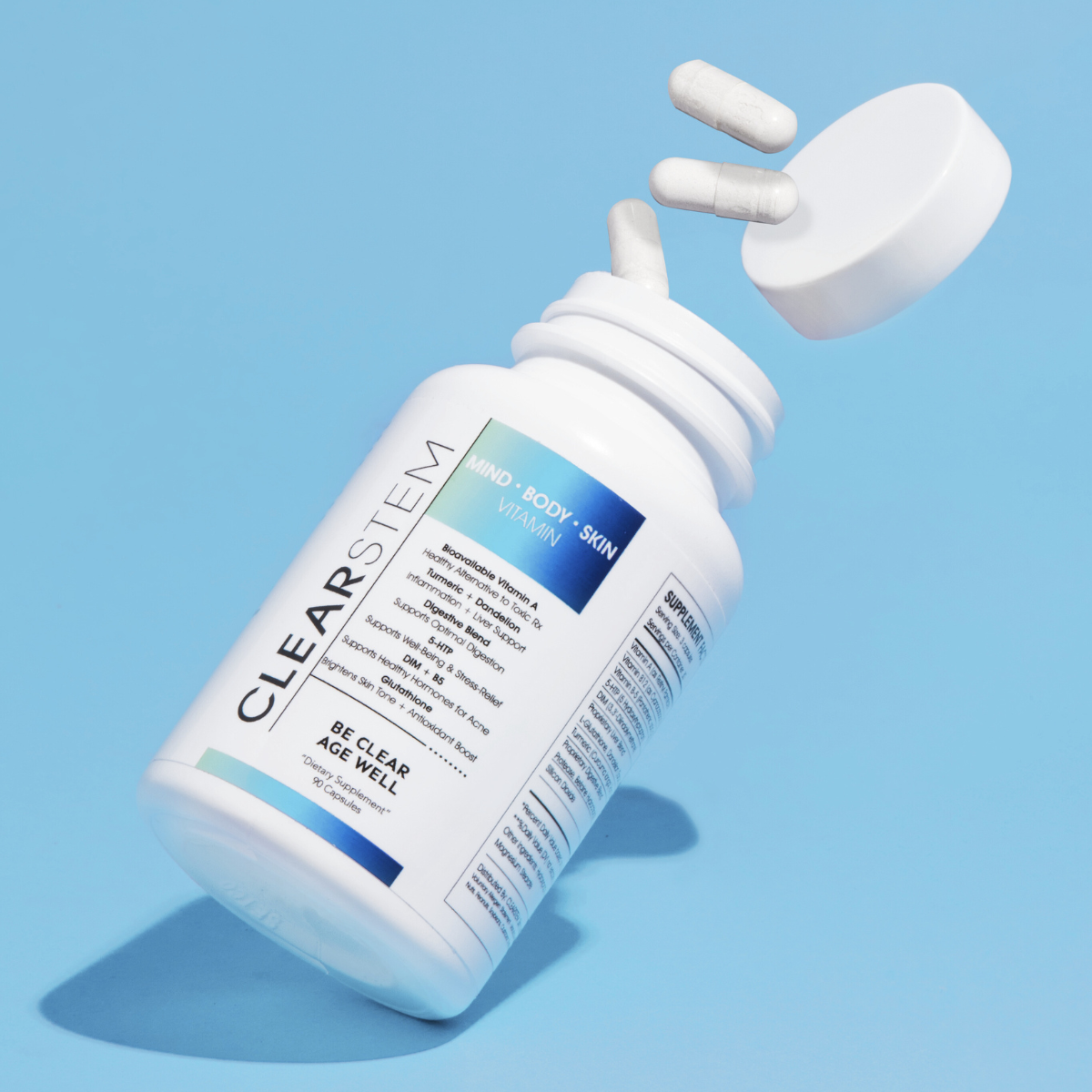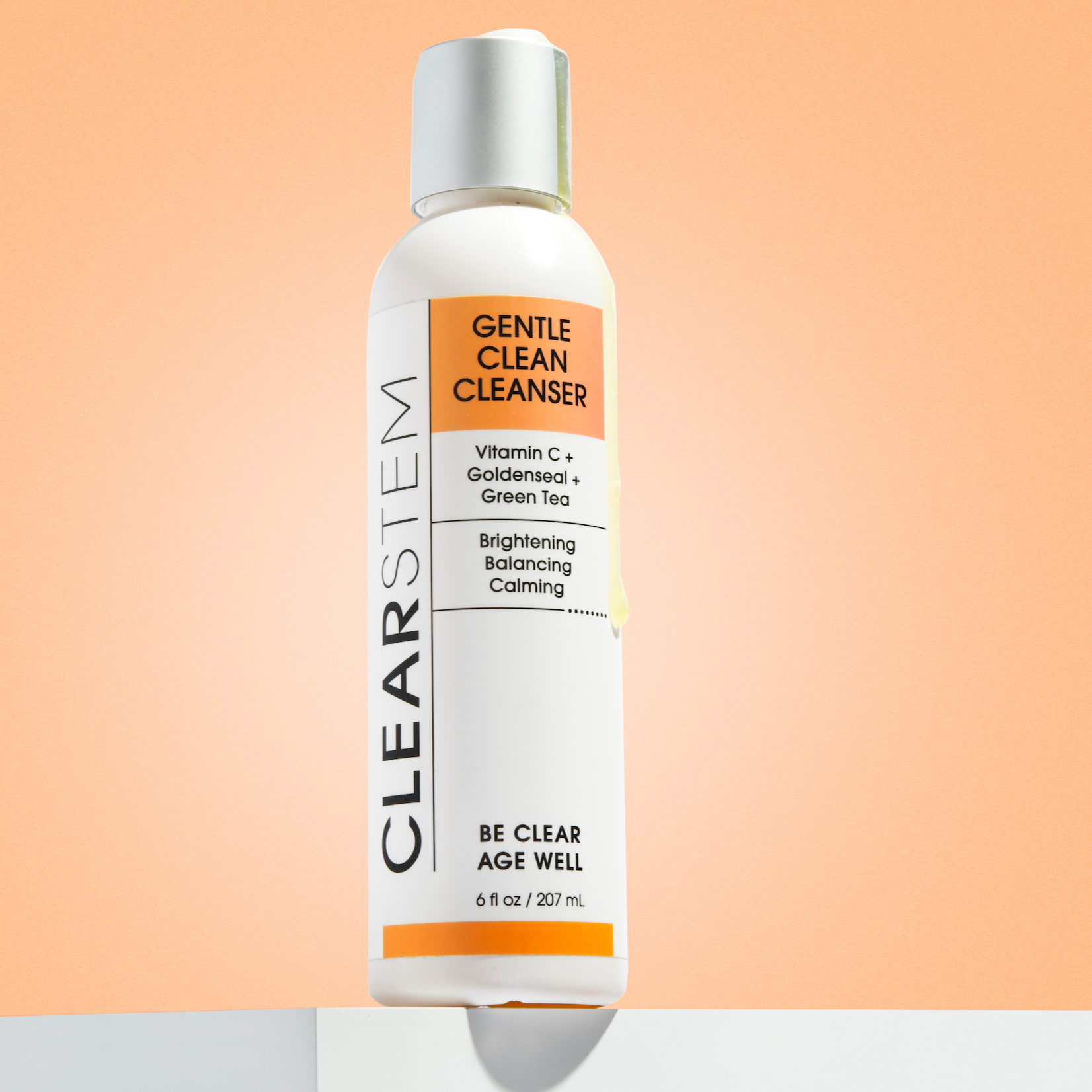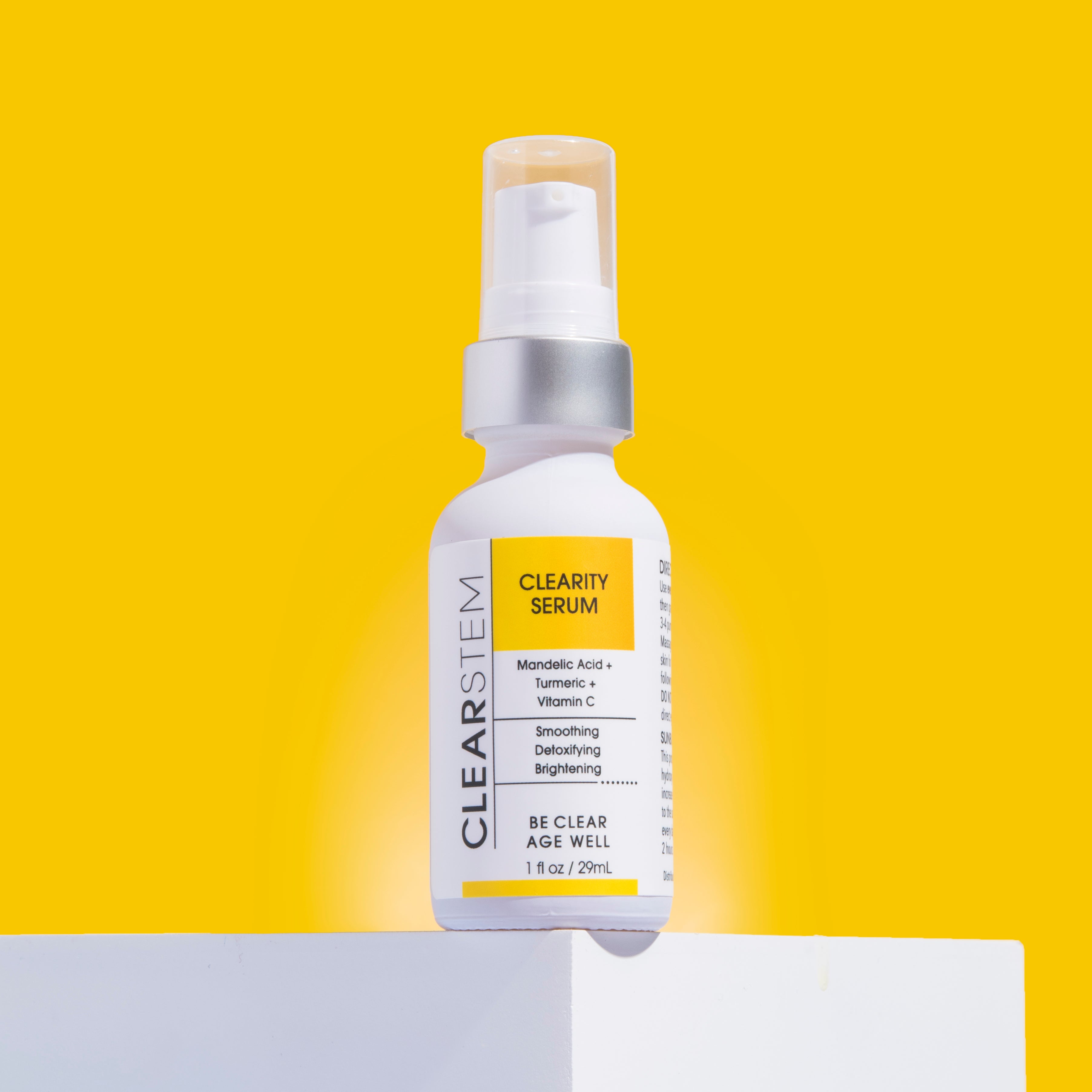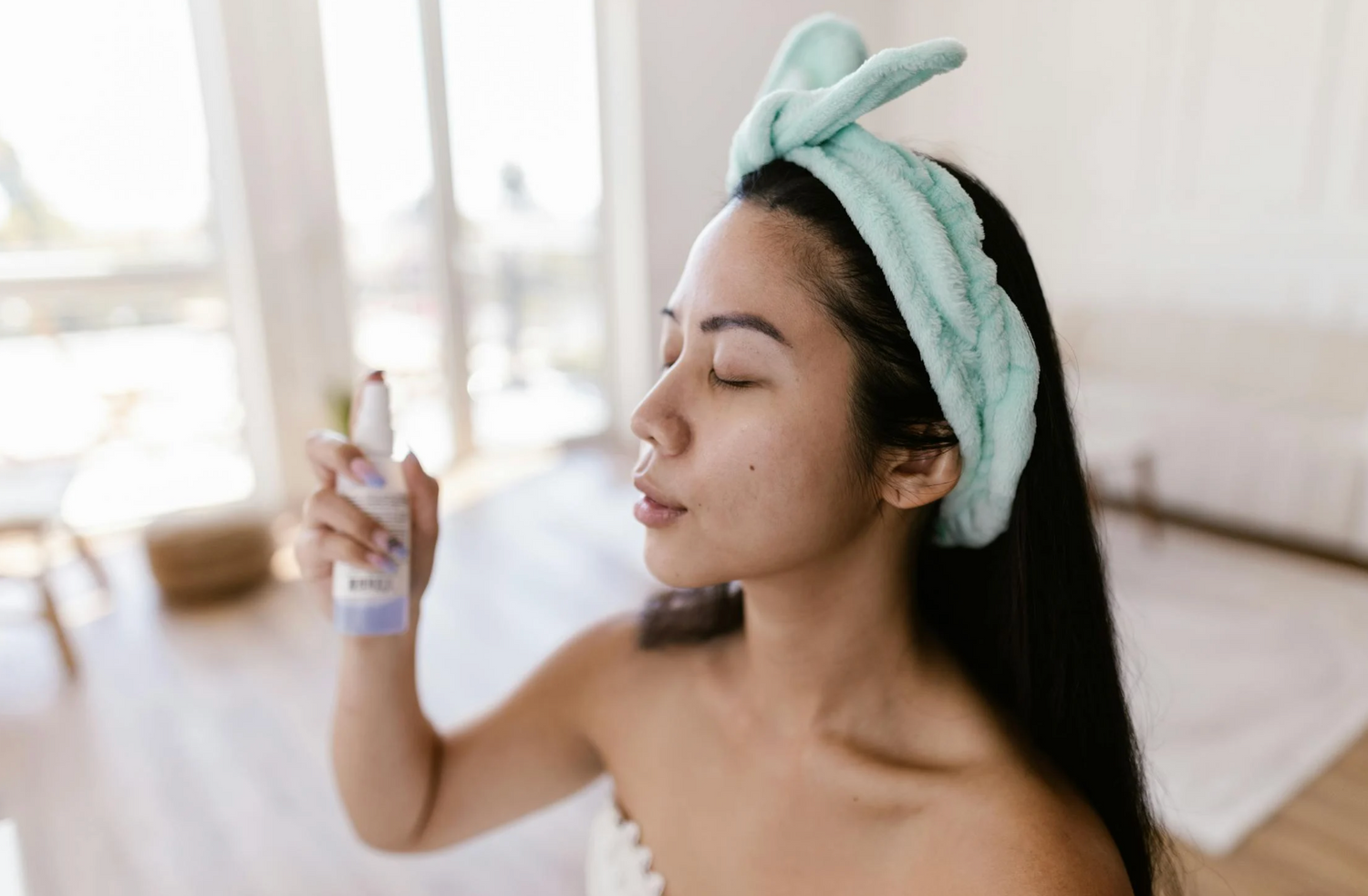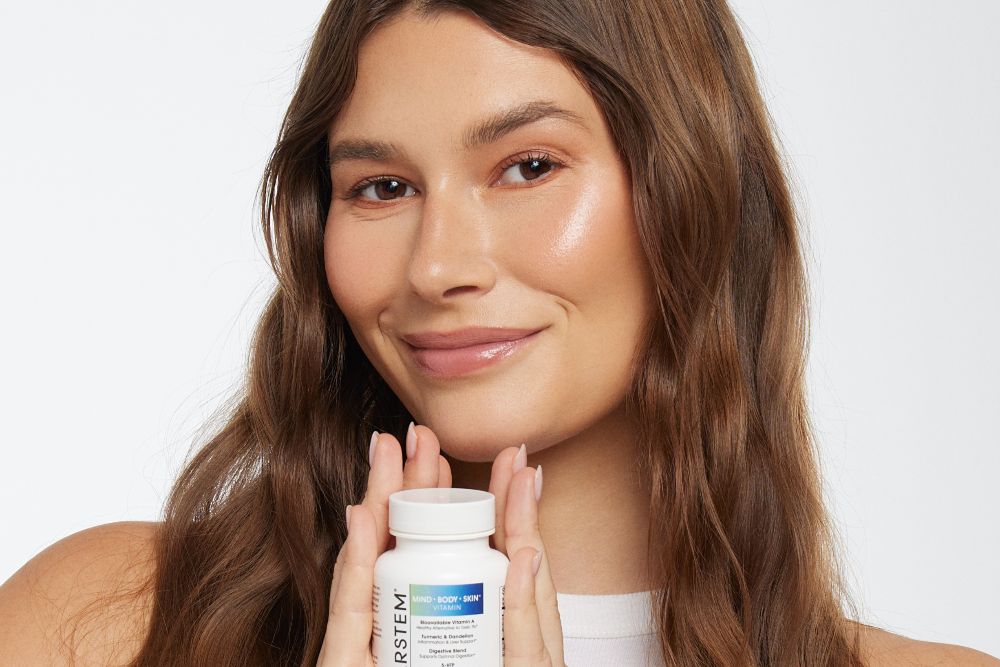Applying setting spray to a fresh face of makeup is just one of many beauty techniques available. A few spritzes can minimize your foundation’s floury finish or give your look a longer-lasting boost.
Setting spray boasts a list of benefits, but is it bad for your skin? Depending on its ingredients, it may cause unwanted reactions such as acne breakouts and excess drying. In general, any makeup product can cause acne, which is why you should be especially careful when trying out a new foundation, cream, or makeup spray.
Searching for safe products that won’t harm your skin? We’ll break down the primary ingredients in makeup setting spray, explain how these ingredients work with your skin, and how to choose the right setting spray for your skin type.
Benefits of Setting Sprays
Setting spray can be a multi-use player in your makeup routine. Few products do more with less than this fine mist in a bottle. One to three pumps of a makeup spray can benefit the look and feel of your skin by:
- Setting and prolonging your makeup
- Smoothing and blending your makeup
- Hydrating your skin
That is a lot to boast about in a small bottle, but it’s not magic—the secret behind setting spray is science.
5 Common Ingredients in Setting Sprays
Most sprays share a standard list of natural and synthetic ingredients that get the job done:
- Polymers – Polymers are large, long, chain-like molecules that form a film over your makeup and hold it in place. If you were wondering what delivers the waterproof, sweatproof promise of setting spray, this mighty molecule is it!
- Humectants – Humectants are the all-star additive found in most skincare products. They’re hygroscopic, drawing moisture to the skin for a dewy all-day look.
- Occlusives – If humectants attract moisture, occlusives lock it in. These oil-based ingredients can be your best defense against dry skin because they prevent moisture loss from the skin’s surface.
- Emollients – Emollients consist primarily of plant-based fatty acids. These oils boost and restore the skin barrier by improving the skin’s overall appearance and texture.
- Denatured alcohol – Denatured alcohol plays a purposeful role in our cosmetic products, but this solvent is a double-edged sword. It can provide a matte finish, but even small amounts can dry and irritate sensitive, acne-prone skin.
Each of these ingredients contributes to the effectiveness of setting spray. Understanding how they interact with your skin is vital to maintaining a healthy, clear complexion.
Effects of Setting Sprays on Skin Health
So, is setting spray bad for your skin? Setting spray might be your white knight for seamless, all-night makeup, but how does it affect skin health? The answer is on every ingredient list.
Hydration or Dehydration: Analyzing Ingredients
A closer look at common ingredients in makeup sprays clarifies which are doling out a dose of hydration and which are dehydrating your skin:
- PVP, AMP, and chitosan – Synthetic and natural polymers are mainstays in most setting sprays for their fixing properties. Combined with other ingredients, they can aid in hydration and are adequate substitutes for alcohol-based cosmetics due to their gentle interaction with the skin.
- Hyaluronic acid and AHAs – These are low-molecular substances that attract water to the outer layer of your skin. In cosmetic products, they are often paired with other compounds to maintain the moisture they draw in. In terms of hydration, these acids get an A+.
- Mineral oil, petroleum jelly, and beeswax – These oils and waxes form a thin layer over the skin barrier to prevent transepidermal water loss and block moisture from evaporating off the skin’s surface.
- Jojoba oil and squalene – These natural oils contain saturated and unsaturated hydrocarbons that encourage cell interaction and improve cell membrane flexibility. While these oils don’t directly promote hydration, they smooth and soften the skin’s texture.
- Alcohol denat. and SD alcohol – Denatured alcohol is ethanol alcohol—the same organic compound found in vodka or tequila—combined with denaturing additives that make it unfit for consumption. As a natural astringent, it can be especially drying.
Some of these ingredients possess prime hydrating properties, but don’t rush to your nearest beauty retailer just yet—depending on your skin type, even makeup sprays with beneficial ingredients can cause unwanted reactions.
Choosing the Right Setting Spray for Your Skin
There is no one-size-fits-all approach to skincare or cosmetics, even with a simple spray. The best makeup setting spray for you depends on your skin type and unique skincare concerns.
Non-Comedogenic Options
When searching for the right setting spray, it’s essential to choose your products carefully, especially if you are experiencing an acne flare-up.
Look for labels that read “non-comedogenic” or “won’t clog pores.” Non-comedogenic setting sprays are specifically composed of ingredients that minimize breakouts and are gentle on acne-prone skin.
Considering Skin Type and Concerns
If you suspect your setting spray is causing acne breakouts, consider how your skin type pairs with specific ingredients and what products you should buy to address concerns:
- Oily skin – Setting sprays rich in occlusives or emollients such as mineral and jojoba oil can add excess oil to the skin and clog pores. If you have oily skin, reach for setting sprays labeled “oil-free.”
- Dry and sensitive skin – Avoid products labeled with the abbreviations “alcohol denat.” or “SD alcohol.” These ingredients tend to be drying and can trigger an allergic reaction in some skin types. Instead, choose products labeled “alcohol-free.”
- Acne-prone skin – Compatible with all skin types, the MINDBODYSKIN® Hormonal Acne Supplement tackles acne breakouts from the inside out by supporting the body’s natural functions with ingredients like 5-HTP and vitamin B5. For optimal results, take a quick inventory of your cosmetics and remove any “pore-clogging” products.
Proper Application Techniques
Mastering the application technique of setting spray is a simple way to ensure the look and longevity of your makeup.
Hold the bottle at arm’s length or 6–12 inches from your face. Mist over your face in 1–3 pumps and let it dry completely. Despite the benefits some setting sprays offer, don’t overdo it—oversaturating can cause your makeup to crease and run.
Tips for Individuals with Sensitive Skin
If you have sensitive skin, trying new cosmetics can be tricky. These quick tips can help identify which products are right for you:
- Browse before you buy – Take your time picking the best setting spray for you. Flip the bottle and check for allergens. Look for products labeled “non-comedogenic,” “oil-free,” or “alcohol-free.”
- Perform a patch test – Apply a quarter-sized amount of your setting spray twice daily for 7–10 days to observe how your skin reacts. Choose a spot on your skin where the product won’t rub or wash away for accurate results.
- Press pause on a product if you have a reaction – Burning and itching are signs a product isn’t playing nicely with your skin. A cold compress can offer relief for some symptoms.
Compiling a catalog of products that work for sensitive and acne-prone skin doesn’t have to be an uphill battle. Treat acne breakouts as soon as they appear for a real flawless finish.
CLEARSTEM Skincare: Building Beauty From Within
Setting spray might be the must-have cosmetic for an immaculate makeup look that won’t budge, but it could be causing your latest bout of acne breakouts. Even well-intentioned ingredients can irritate sensitive or acne-prone skin.
With our skincare for acne-prone skin, you can address acne at the source. Choose from our curated collection of products formulated with natural ingredients like dandelion root and aloe vera to meet your unique skincare needs.
With or without makeup, flawless skin starts with CLEARSTEM.
Sources:
Geek out of Water. Setting Spray Ingredients. https://geekoutofwater.com/setting-spray-ingredients/
National Library of Medicine. Cosmetics and Cosmeceutical Applications of Chitin, Chitosan and Their Derivatives. https://www.ncbi.nlm.nih.gov/pmc/articles/PMC6414895/
Medical News Today. What are humectants, and what do they do?
https://www.medicalnewstoday.com/articles/humectant
Cosmetics Info. Alcohol and Alcohol Denat. https://www.cosmeticsinfo.org/ingredient/alcohol-and-alcohol-denat/
National Library of Medicine. Safety evaluation of topical applications of ethanol on the skin and inside the oral cavity.
https://www.ncbi.nlm.nih.gov/pmc/articles/PMC2596158/
National Library of Medicine. The Role of Moisturizers in Addressing Various Kinds of Dermatitis: A Review. https://www.ncbi.nlm.nih.gov/labs/pmc/articles/PMC5849435/
Medical News Today. The importance of patch testing skin care products. https://www.medicalnewstoday.com/articles/patch-test-skincare
Medical News Today. The importance of patch testing skin care products. https://www.medicalnewstoday.com/articles/patch-test-skincare

